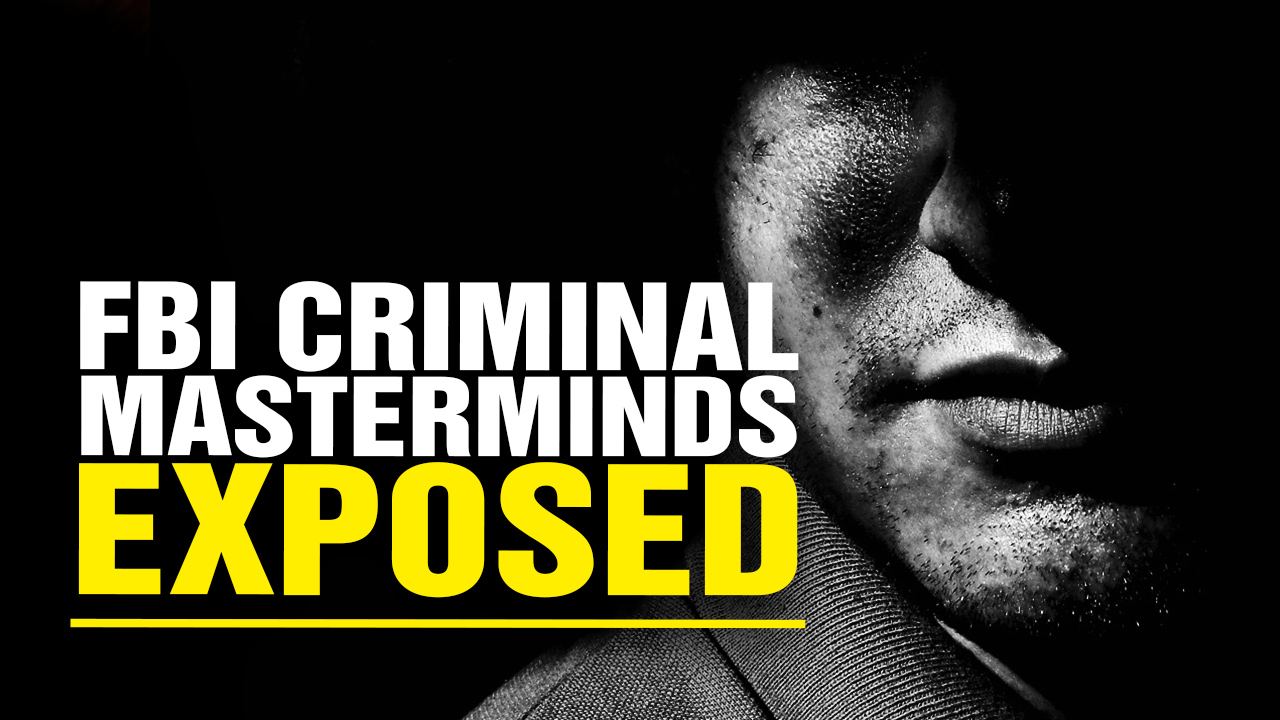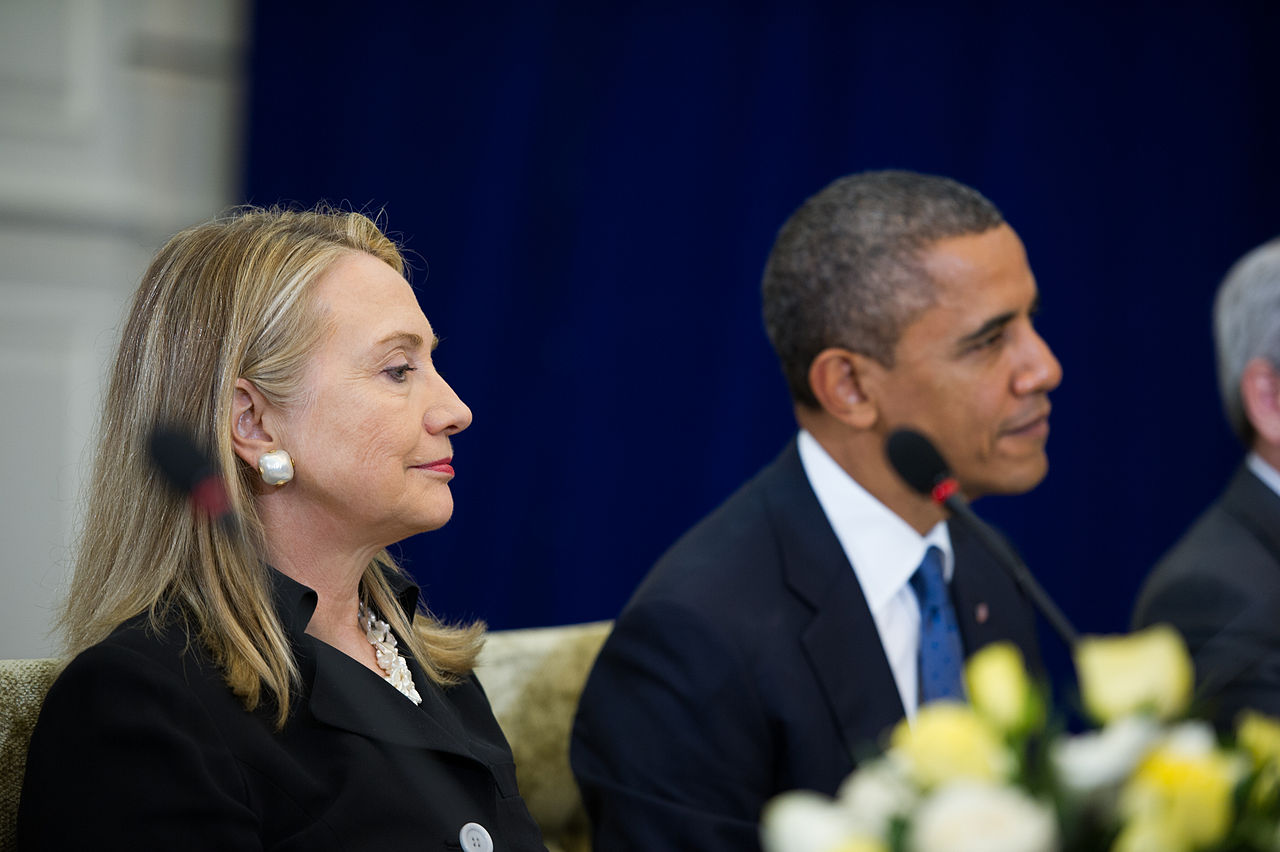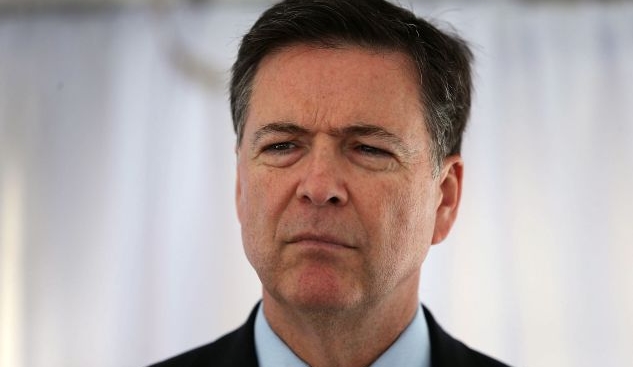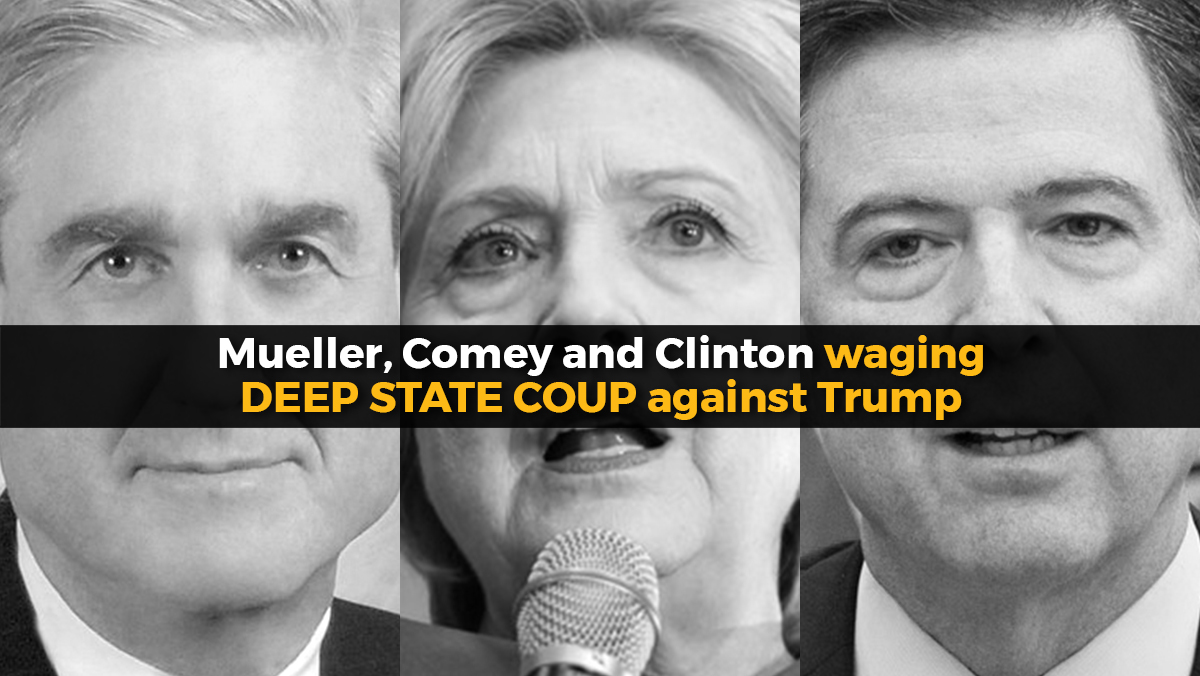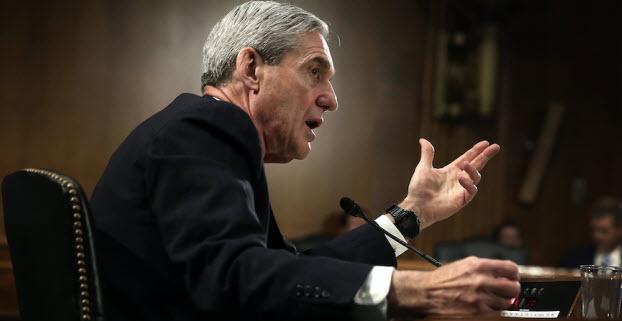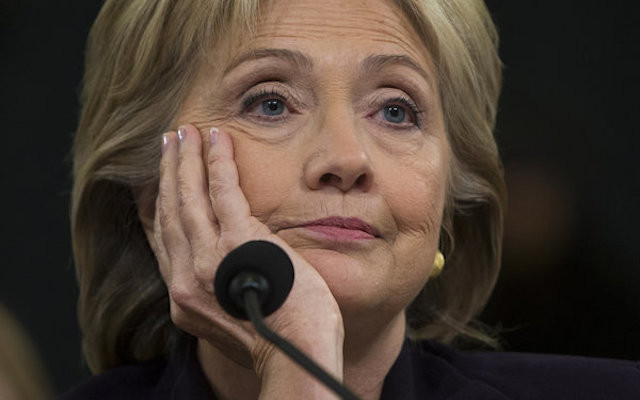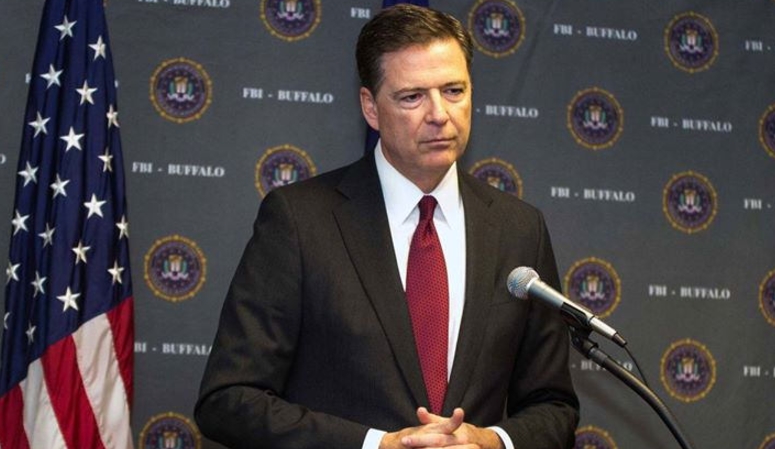Nazi General Committed High Treason To Stop The Reign of Terror in Croatia
12/08/2016 / By treasonnews

BELGRADE – Many heroes’ names line the pages of WWII history. Many of these men and women were not recognized and known to the public during their lifetimes – some were secret agents, some worked within underground resistance groups, and some conducted their plans hidden in plain sight, writes warhistoryonline.com.
Article by InSerbia
One man in particular fought back from within the Nazi Party, reporting its atrocities and plotting to bring them down from the inside. That man was Edmund Glaise-Horstenau, a general within the Austrian military and respected Nazi leader.
Though so many of his fellow Nazis facilitated the concentration camps and various other horrors conducted during the war, Glaise-Horstenau did not – he wanted the reign of terror to end, even if he had to die to make this dream a reality.
Edmund Glaise-Horstenau didn’t spend much of his life as a civilian before World War II began. In fact, he was born into a military family – his father was an officer in the Austrian military, and as a young man, Glaise-Horstenau quickly followed a similar path. Born in Braunau am Inn, Glaise-Horstenau enrolled in the Theresian Military Academy.
Upon graduation, he served as a full-fledged member of the Austro-Hungarian Army’s General Staff. After the war had ended, Glaise-Horstenau stayed on with the army, but took the time to pursue his education as well. He took classes at the University of Vienna, focusing his studies on history. In 1915 he became the head of the press department of the Supreme Command of the Armed Forces.
A decade later in 1925, Glaise-Horstenau moved into a new position as the director of the Austrian War Archives. He stayed at this job until 1938, making even greater strides throughout his career and earning the rank of colonel at the Austrian Heeresnachrichtenamt in 1934. With such accomplishments and years of experience within the army, it came as no surprise that Glaise-Horstenau moved quickly up the ranks of another organization: the Nazi Party.
As the Austrian Nazi Party gained both popularity and prominence throughout the 1930s, Glaise-Horstenau aligned himself with the growing political group. The rest of Austria, however, wasn’t as welcoming of the Nazi Party; the government banned the new party and refused its existence. Yet this didn’t stop its supporters, Glaise-Horstenau included.
As a member, he stuck with the party throughout the decade, ultimately earning a very high position in the Austrian Nazi hierarchy – Glaise-Horstenau stood as second in command behind Arthur Seyss-Inquart, the party head. He became a Nazi of great importance and was even appointed a member of the Staatsrat of the Federal State of Austria. Glaise-Horstenau earned this position because the Austrian Nazi Party hoped he would be able to bring them into better relations with the German Nazi Party.
The plan worked, as Glaise-Horstenau once again excelled in his position and earned the rank of Minister Without Portfolio in 1934, and was promoted to Federal Minister of the Interior within Chancellor Kurt Schuschnigg’s cabinet in 1936. In this later role, Glaise-Horstenau was appointed by Adolf Hitler – though Hitler didn’t directly appoint him, the leader of the German Nazi Party pressured others in the organization to move Glaise-Horstenau into the cabinet position.
Glaise-Horstenau wasn’t finished impressing the higher-ups within the Nazi Party; two years later, in February 1938, he attended a meeting between Hitler and Schuschnigg at the Berghof in Berchtesgaden. While there, Hitler demanded that the Austrian Nazi Party promote Glaise-Horstenau to Minister of War within the new, pro-Nazi government that was to be put in place. Schuschnigg agreed to the terms, and the Austrian Nazi Party became one with the Germans.
This marked the end of any division in operations or relationships between the two parties; going forward, the Austrian army became part of the German military, and the nation itself was absorbed into Nazi Germany.
With the German-Austrian relationship growing stornger, Glaise-Horstenau and the rest of his compatriots continued to work to bring the Nazi Party to prominence and power. Glaise-Horstenau proved even more important to the part as the 1940s began, earning yet another powerful position as the Plenipotentiary General for the Independent State of Croatia in April 1941. Yet this position was to be his very last accomplishment as a proud Nazi.
In his role as the Plenipotentiary General, Glaise-Horstenau was responsible for overseeing both activities in Croatia and reporting on both Nazi military operations and civilian life. Here, Glaise-Horstenau saw firsthand just what occurred under Nazi power – and he witnessed the horrors that took place in concentration camps throughout the German regime. Unlike many other Nazi-controlled territories, Croatia wasn’t managed by the SS. Instead, Croatian Fascist paramilitaries named Ustaše were in charge of policing the state. When Glaise-Horstenau began his work in Croatia, he was immediately surprised to discover the conditions that existed.
On June 28, just two months after his appointment to Plenipotentiary General, Glaise-Horstenau sent a report to the German High Command (also known as the Oberkommando der Wehrmacht, or OKW) stating that he was alarmed at what the Ustaše were doing. He claimed that both civilians and members of the German military believed the Ustaše had “gone raging mad” – yet the OKW did nothing to soothe Glaise-Horstenau’s concerns. Just over a week later, on July 10, he sent another report to the OKW expressing his worry about the Ustaše. These reports weren’t exactly typical; Glaise-Horstenau’s words were unique within the Nazi Party, as he shared grisly, gruesome details regarding exactly what the Ustaše did with their enemies and prisoners.
During a visit to the Croatian countryside, Glaise-Horstenau reported how horrifically the Ustaše treated the Serbs – Croatia’s “personal civilian enemy.” He saw the carnage and death created by an Ustaše lieutenant-colonel who single-handedly killed approximately 500 Serbs aged 15 to 20 years old. In addition to murdering those hundreds of innocent civilians, Glaise-Horstenau reported that the Ustaše leader had raped each of the women, tortured them, and killed their children as the women watched. He stared upon mutilated and brutalized corpses and listened to stories of how those intended for execution would choose to commit suicide rather than endure their fate.
Despite all that Glaise-Horstenau witnessed in the villages of Croatia, he wasn’t prepared for the Croatian “internment camps” where all Serbs, Jews, and Roma were taken once imprisoned. Similar to the concentration and extermination camps within Germany, Poland, and other Nazi-occupied lands, these camps contained unimaginable horrors – and Glaise-Horstenau didn’t even visit the very worst of them.
After learning that such camps existed, he insisted that he experience one firsthand. So, the Croatian leadership took Glaise-Horstenau to a typical internment camp. They, not surprisingly, didn’t take him to visit Jasenovac, a camp considered one of the worst of World War II. Instead, they took him to a prepared, cleaned-up camp; still, Glaise-Horstenau was horrified with what he witnessed.
As he later explained in his autobiography:
“We now went into the concentration camp in a converted factory. Frightful conditions. Few men, many women, and children, without sufficient clothing, sleeping on stone at night, pining away, wailing and crying. A camp commandant – in spite of the later, favorable judgment of the Poglavnik – a rogue; I ignored him but instead told my Ustase guide: ‘This is enough to make you puke.’”
Yet those overcrowded and unsanitary living conditions weren’t what turned Glaise-Horstenau against the Ustaše and the Nazi Party; instead, it was what he saw laying around the room’s exterior. Tossed atop piles of straw were approximately 50 children, every one of them naked. Half were already dead, while the few who were still alive struggled to cling to the last moments of their lives. Glaise-Horstenau called this horrifying sight the “peak of abomination here in Croatia, under a Poglavnik installed by us.” Embarrassed and disgusted by the Ustaše treatment of its prisoners, and concerned for Nazis everywhere, Glaise-Horstenau couldn’t forget these terrible sights.
Initially, Glaise-Horstenau feared that the brutal and horrific behavior of the Ustaše would reflect poorly upon the Germans and the Nazi Party as a whole. He even went as far as to warn the OKW that, should the Ustaše crimes continue, the German Army would not only be blamed but need to intervene. Once again, the OKW did nothing, leaving Glaise-Horstenau with a problem he desperately wished to solve. Yet Glaise-Horstenau wasn’t fazed; he continued to send detailed reports warning Germany of the atrocities occurring in Croatia, determined to speak out and stop further horrors from happening.
Not one response followed his many reports. Glaise-Horstenau grew frustrated with the lack of acknowledgment his complaints received – and his criticism of the Ustaše was causing problems in Croatia. Ante Pavelić, the dictator of Croatia, severely disliked Glaise-Horstenau’s critiques of his SS-like police force.
Tension grew between the men, and Glaise-Horstenau became even more unhappy in his new position. As his first year in Croatia came to an end, he decided that if the Germans weren’t going to intervene and stop the atrocities Glaise-Horstenau was witnessing, he would need to take matters into his own hands.
Of course, as an esteemed member of the Nazi Party entrusted with a prominent position, it would seem that Glaise-Horstenau could enact the changes he so desperately needed in Croatia. Yet Glaise-Horstenau was unable to open a single Nazi official’s eyes to the horrors happening in Ustaše-controlled Croatia – and with concentration and death camps scattered throughout Germany’s territories, these atrocities were just a few among many more.
The violence was all part of Hitler’s master plan; Glaise-Horstenau was unaware of his party’s true intentions. Once he discovered that the Nazi Party and its leaders weren’t going to end the crimes they were committing in any camp, in any city, he began plotting to fight back against these unforgivable atrocities.
In 1944, Glaise-Horstenau decided to end the crimes occurring in Croatia by joining the effort to overthrow Pavelić and his regime. This secret plan, named the Lorković-Vokić plot, was developed by Croatia’s Minister of Interior Mladen Lorković and Minister of Armed Forces Ante Vokić. Lorković and Vokić hoped to stop aligning Croatia with the Axis powers; they wanted to force Pavelić and his government out and replace it with one that supported the Allies.
Glaise-Horstenau joined the Lorković-Vokić plot efforts, becoming deeply involved. Yet the Lorković-Vokić plot failed, and those associated with the attempted rebellion were executed. Fortunately, Glaise-Horstenau escaped such a fate – but the Croatian government and Nazi Party didn’t overlook his involvement in the plot.
Unsurprisingly, Pavelić wanted him removed from office to ensure no further attacks towards Pavelić’s dictatorship could occur. In September 1944, Pavelić joined forces with Siegfried Kasche, a German ambassador. Together, the two worked within the Nazi Party to get Glaise-Horstenau removed from office – and the plan worked perfectly.
Within two weeks, the Germans announced that Glaise-Horstenau was no longer Plenipotentiary General. This single act of “firing” Glaise-Horstenau allowed the Nazis to fully take control of Croatia, and the Party took total control over the nation’s military forces within the following months.
Suddenly jobless, Glaise-Horstenau didn’t denounce the Nazi Party or Germany’s control over European nations. Instead, he remained closely tied to both the nation and its political party. He was given a job in the Führer-Reserve, a special program designed for high-ranking military officers awaiting new assignments, and worked as the Military Historian of the South East. It was in this uneventful, action-free job that Glaise-Horstenau finished the final days of his military career.
On May 5, 1945, Glaise-Horstenau no longer needed to worry about his temporary job within the Nazi Party. On that day, the U.S. Army arrived and took Glaise-Horstenau captive. An almost lifelong supporter of Nazi Germany, he was terrified that the U.S. Army would send him to Yugoslavia – and even more worried that he would be tortured and killed there.
Within two months of his capture by the Allied forces, Glaise-Horstenau took his fate into his own hands and committed suicide on July 20, 1946, while held captive at Langwasser military camp.
When Glaise-Horstenau passed away, he didn’t die without a lasting legacy. It was soon discovered that during the last years of his life he began writing an autobiography – and those writings held detailed and extensive recollections of exactly what happened in the years before Austria fell to German control, as well as the atrocities that occurred during his years in Croatia.
Though he was never able to explain what, exactly he’d tried to fight against in Croatia to the Allied forces, the unfinished autobiography Glaise-Horstenau left behind did the speaking for him. Filled with details previously unknown to those beyond Croatian borders and free from its dictator’s rule, the stories and images Edmund Glaise-Horstenau left behind illustrate so clearly his distaste for the cruelty – and paint a picture of his fight against Nazi Germany and the cruelty it enacted in its reign of terror.
It’s thanks to the words and descriptions of Glaise-Horstenau that we today know what it was like to suffer at the hands of the Axis powers, and just how cruel those in charge became. From the detailed reports he sent the OKW in the first years of his role as Plenipotentiary General to the reflections and images he shared in the pages of his unpublished autobiography, Edmund Glaise-Horstenau allowed the world beyond Nazi Germany and its territories to experience what he did.
Though he supported the Party for much of his life, Glaise-Horstenau was willing to risk his safety and face the same fate as many others persecuted by Nazi Germany if he could end the reign of terror in Croatia – and although he didn’t succeed during his lifetime, his words and reports still make a difference in history.
Read more at: inserbia.info
RECENT NEWS & ARTICLES
COPYRIGHT © 2017 TREASON NEWS



